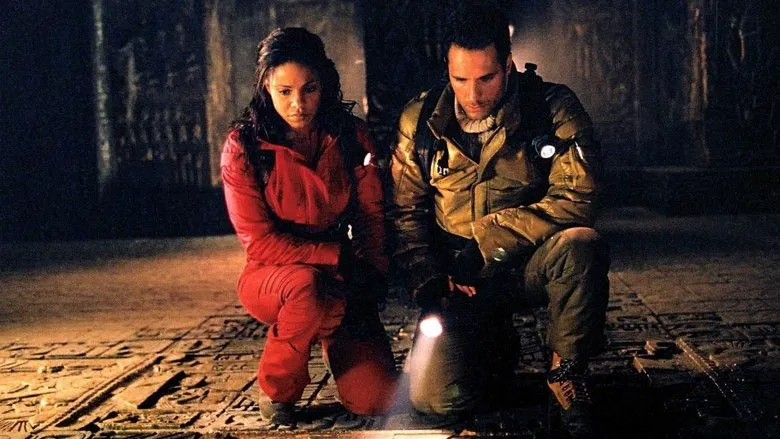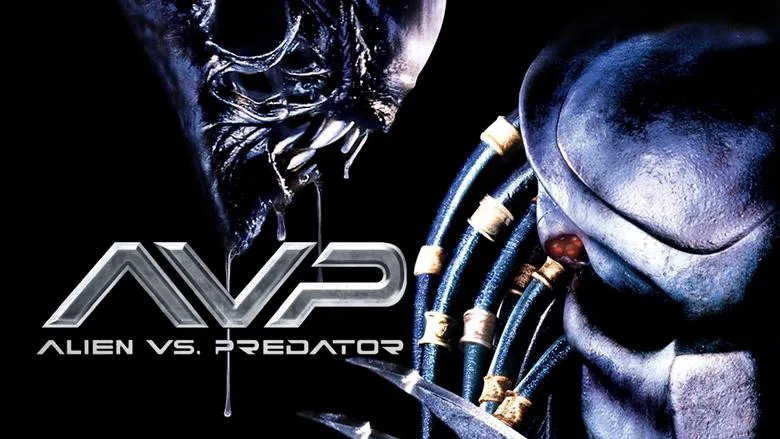Alien vs. Predator: A Clash of Brands, Not Characters
Interestingly, the names “Alien” and “Predator” are never actually uttered in Paul Anderson’s new sci-fi flick. The slimy menace is simply referred to as “slime” or “creature,” while the armored adversaries are clearly labeled as “hunters.” This means that the very title, “Alien vs. Predator,” is essentially a marketing ploy, leveraging established brand recognition without truly delivering on the characters themselves.
Keep this in mind when buying your ticket. On the other hand, for die-hard fans of these franchises, any new content is cause for celebration.

The Predator from McTiernan’s film with Schwarzenegger is recognizable in this new installment. The iron-clad being is mostly invisible and perceives the world through infrared vision, just as before. The Alien is also familiar, bursting out of the chests of its victims. In fact, the Alien feels more true to its original form. Adding to the connection, Lance Henriksen plays the head of the Weyland Corporation, the mastermind behind the whole ordeal. He was, of course, the futuristic android in Ridley Scott’s “Alien” series starring Sigourney Weaver. If you recall the entire “Alien” saga, the current plot feels somewhat familiar (including the single witty moment – the final shot). However, Weaver is absent, replaced by the young Sanaa Lathan (and Schwarzenegger is completely ignored, with Raoul Bova making no attempt to fill his shoes).

When Brand Recognition Becomes a Burden
Unfortunately, the associations with these established brands hinder the blockbuster’s entertainment value. There’s already a lot going on, and the references to the future cosmos of the Nostromo and some past Latin American coup feel out of place, especially since neither space nor the Amazon jungle feature in “Alien vs. Predator.” You’re left squinting in the near-total darkness (the film is excessively dark) and wondering why there are so many convoluted elements when it all boils down to a few impressive special effects showcasing the consumption of human beings (the film is almost silent). Imagine: Himalayan mountaineering, Mexican excavations, and a mysterious thermal anomaly in Antarctica. When everyone arrives, they discover an ancient pyramid buried less than a kilometer beneath the ice, built according to the architectural styles of the Aztecs, Egyptians, and the legendary Angkor. The cast includes drillers, psychologists, archaeologists, and meteorologists, each with their own “personal” detail. In this jumbled mess, nothing has time to coalesce into a new “cosmogony.” The exposition is muddled, rushed, and yet incredibly drawn out. Especially considering that from the very beginning, you know that the only thing that needs to be shown in detail is how everyone will be devoured.

Glimmers of Intrigue Amidst the Chaos
Nevertheless, there are a few interesting moments. When the expedition enters the pyramid, it begins to transform before their eyes. Every ten minutes, the walls shift, the floors collapse, the ceilings crush those who don’t escape in time, and the interior changes. This is quite impressive and reminiscent of classic adventure films. But the only thing that happens in the stone confines is that slime jumps out at people from every angle, and invisible hunters hunt the slime. They hunt this way and that way, and it quickly becomes clear that Paul Anderson is simply indulging in a list of creative ways to kill people on a computer screen. They drew, drew, and redrew. The special effects dominate the people, their stories, their relationships, and their actions, which are reduced to a rapid-fire enumeration. Predictability reigns supreme. The entire story about the Alien queen bee, planted in Antarctica by the divine Hunter-aliens, is unmoving, unengaging, and utterly unfrightening because it exists separately from what is shown. You sit with friends, chatting about your own things, glancing at the screen only to comment on what will happen next.
Yes, of course, we are merely bait in the squabbles of one group of monsters against another. Well, it’s an ambitious thought, even cosmogonic. At the level of a $65 million budget, it’s visually impressive. At the level of a 90-minute plot, it’s a B-movie.